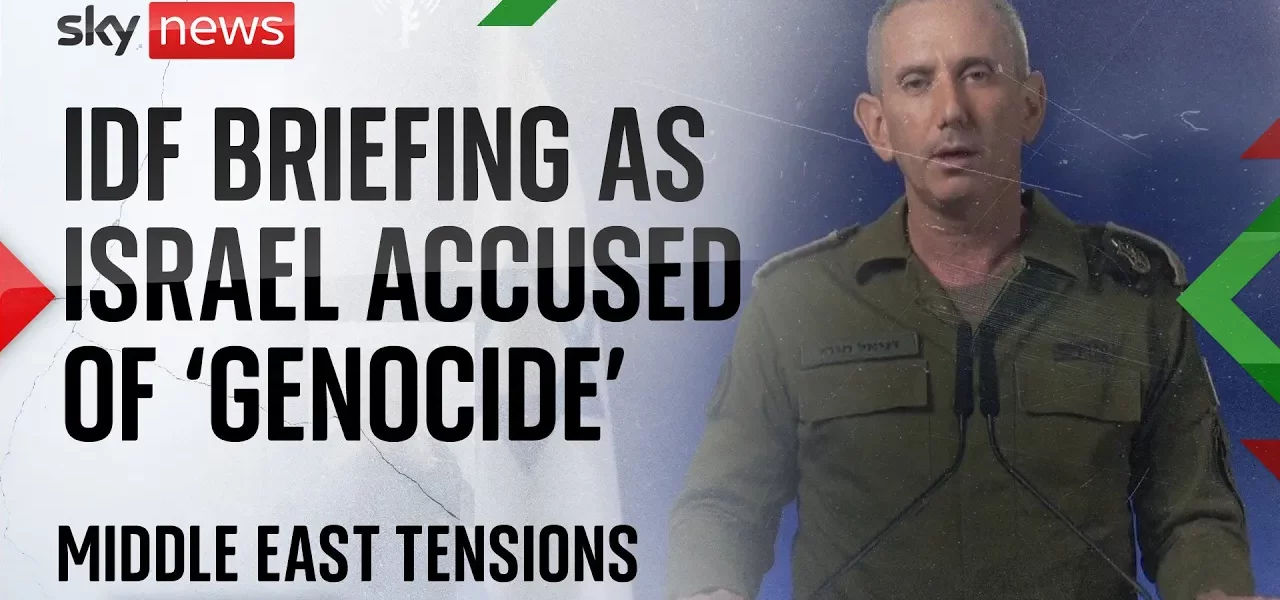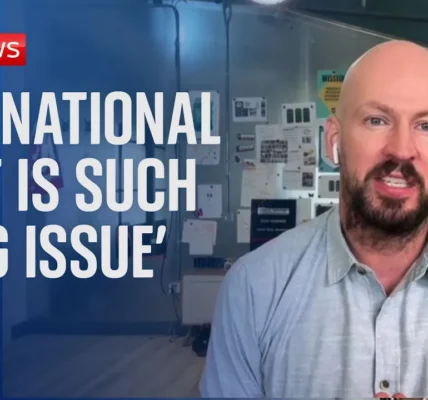Israel’s Ongoing Conflict with Kisala: An In-Depth Analysis

This article explores the recent escalation of hostilities involving the Kisala terrorist organization, detailing their attacks on Israeli civilians, the military response from the IDF, and the broader implications for regional security.
Introduction to the Conflict
Since October 8th, the Kisala terrorist organization has unleashed a barrage of over 9,000 rockets, missiles, and unmanned aerial vehicles (UAVs) targeting Israeli homes and communities. This unprecedented assault has forced hundreds of thousands of Israelis into bomb shelters, highlighting the urgent need for a strategic military response. The ongoing conflict poses significant risks to civilian populations on both sides of the border, prompting discussions about the humanitarian implications and the international community’s role in addressing these challenges.
Overview of Kisala’s Attacks
The recent escalation began with Kisala launching more than 700 rockets and missiles over a single week, impacting areas deep within Israeli territory. The group’s strategic objective appears to mirror the tactics employed by Hamas during their attack on October 7th, aiming to invade and infiltrate civilian communities to inflict maximum casualties.
Strategic Planning by Kisala
Kisala’s leadership has devised a plan dubbed “Conquer the Galilee,” targeting Northern Israel. This strategy involves the systematic planning of attacks on civilian areas, which raises significant concerns regarding the protection of non-combatants.
- Over 9,000 rockets fired since October 8th
- 700 rockets fired in one week
- Targeting of civilian communities
IDF’s Military Response
In response to the escalating threat, the Israeli Defense Forces (IDF) have conducted extensive military operations aimed at neutralizing Kisala’s capabilities. On a recent Friday, an intelligence-driven strike targeted key figures within the organization, including Ibraim Ail, who was coordinating further attacks against Israeli civilians.
Precision Strikes on Terror Targets
The IDF has undertaken operations against approximately 1,300 targets associated with Kisala, which included:
- Long-range cruise missiles with significant payloads
- Heavyweight rockets capable of causing extensive damage
- Short and medium-range rockets and UAVs
These strikes were not only aimed at eliminating immediate threats but also at ensuring the safety of Israeli civilians by targeting military assets that were strategically placed near populated areas.
Humanitarian Concerns and Civilian Safety
The ongoing conflict raises serious humanitarian concerns, particularly regarding the use of civilian infrastructure by Kisala. Reports indicate that Kisala has embedded military assets within civilian homes, effectively using non-combatants as human shields during attacks.
Exposing Kisala’s Tactics
Recent footage has revealed how Kisala conceals long-range rockets within residential areas, showcasing a troubling trend of utilizing civilian populations to protect their military assets.
Efforts to Mitigate Civilian Harm
In an attempt to minimize civilian casualties, the IDF has issued warnings to residents in targeted areas, advising them to evacuate. However, Kisala’s operatives have been observed attempting to prevent these evacuations, further complicating the situation.
- Advanced warnings issued to civilians in Lebanon
- Kisala’s use of civilian homes for military operations
- Secondary explosions resulting from military strikes
The Role of the International Community
The ongoing conflict necessitates a response from the international community. There is a pressing need for global condemnation of Kisala’s tactics, which violate international law and endanger civilian lives on both sides of the border.
Calls for Accountability
As the situation evolves, the international community must hold Kisala accountable for its actions and work towards establishing a framework that prioritizes civilian safety while addressing the underlying causes of the conflict.
Conclusion and Call to Action
The conflict between Israel and Kisala represents a significant threat not only to regional stability but also to the safety of civilians. The IDF’s military operations are a necessary response to the ongoing aggression, but they also highlight the complexities of ensuring civilian safety amidst conflict. It is imperative that the international community steps in to address these humanitarian concerns and work towards a resolution that protects all civilians involved. For further information and updates on the situation, please consider following our ongoing coverage of this critical issue.
“`




